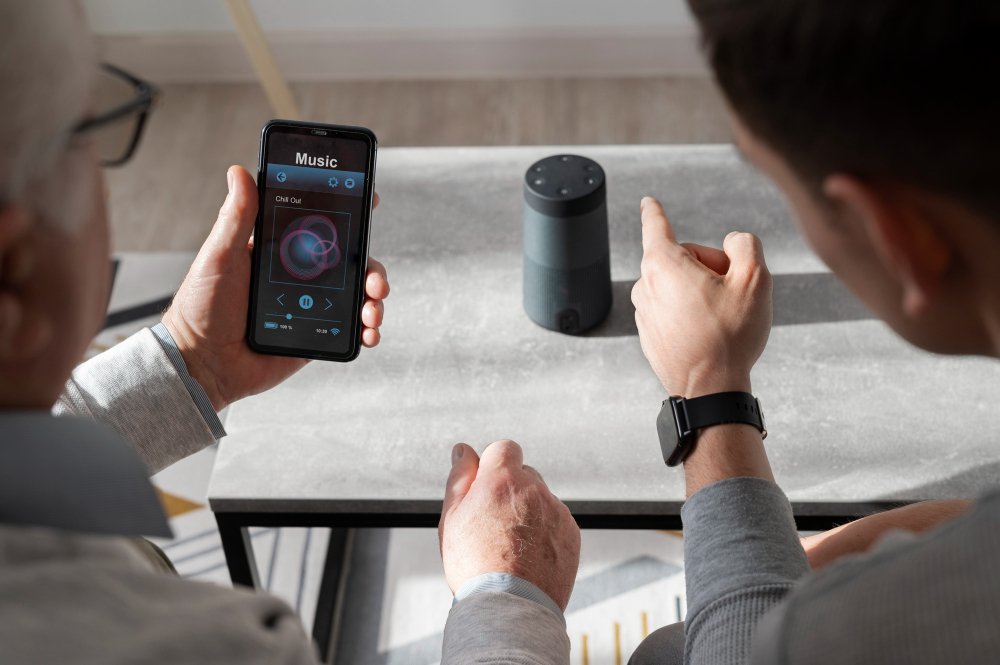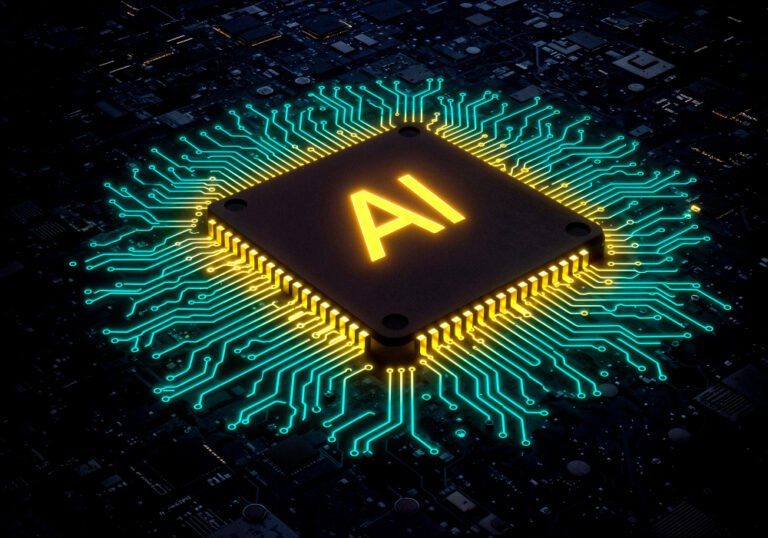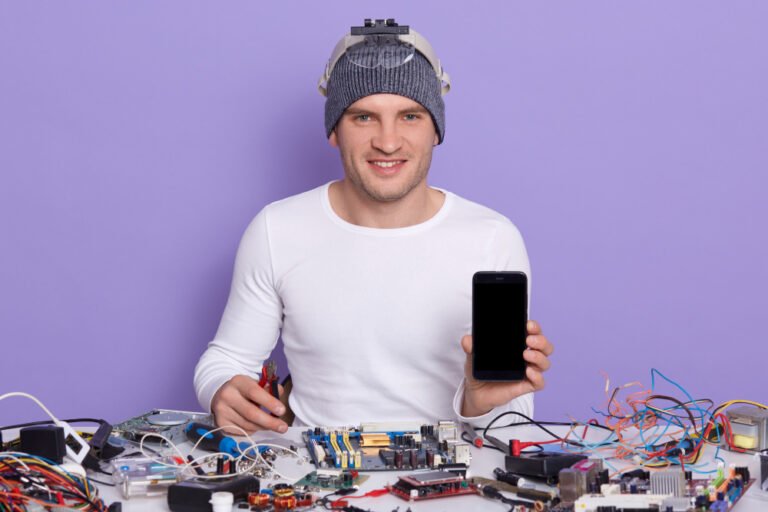
In the last blog, we learned about the devices and gateways. In this blog, we will learn more about device management and control.

Device Management
do tasks like
- Registration – Process of creating the device identity on the cloud. Each Hub has a device registry and it is used to authenticate the device
- Provisioning – giving Hub connection information to the device either manually or automatically through the provisioning service
- Deployment – A manifest of the modules to run on the device. Each device that connects to the Hub has a manifest
- Updates – The modules are updated on the device by updating the manifest
- Monitoring – the overall health of the device, including connection time and if it is disconnected
Messages
Messages received on the IoT Hub can be further enriched or transformed. For example, they add information to the message to identify the device or the hub, and information about the digital twin. Transforming complex messages into structured data on ingress or to manipulate the structure and device data before they reach the destination. There could be multiple destinations on which the message is broadcasted as well.
Messages can also be processed at the edge like filtering, aggregating, or converting before it is sent to the Hub.
Analysis and Visualization
Can be a big segment to make sense of the IoT data. ML and AI models can run on this data to analyze when the device needs preventive maintenance or if any issues need to be looked into. It can learn from the incoming data to build fine-tuned models that can be pushed out to the devices.
- Visually build and maintain models that are a digital real visualization of the actual device
- Run Big data analytics using tools like Spark or Databricks
- Process, store, clean, share, analyze, model, and monetize datasets with solutions from BI to machine learning.
- Query, visualize, alert on, and explore your metrics, logs, and traces no matter where they’re stored using tools like Grafana.
Management Services

GUI environment for managing devices

Security needs to be applied at all levels including Device, Connection, and Cloud

Large solutions need hundreds if not thousands of devices working with the Hub. To scale and control these devices the Hub would need to provide provisioning and device management services. Over-the-air updates for the devices.
Scaling the Cloud services horizontally and vertically if the devices need better SLAs for the peak demands. Moving custom logic on-demand to the devices instead of it remaining on the cloud.
Whether you need an IoT solution or not is not dependent on the fact that you have devices but whether they are at a location where it is difficult to manage them physically. Other considerations



